How to make your own fiddle leaf fig potting mix – a quick DIY to support healthy houseplant growth
Don't forget to include plenty of nutrient-rich ingredients
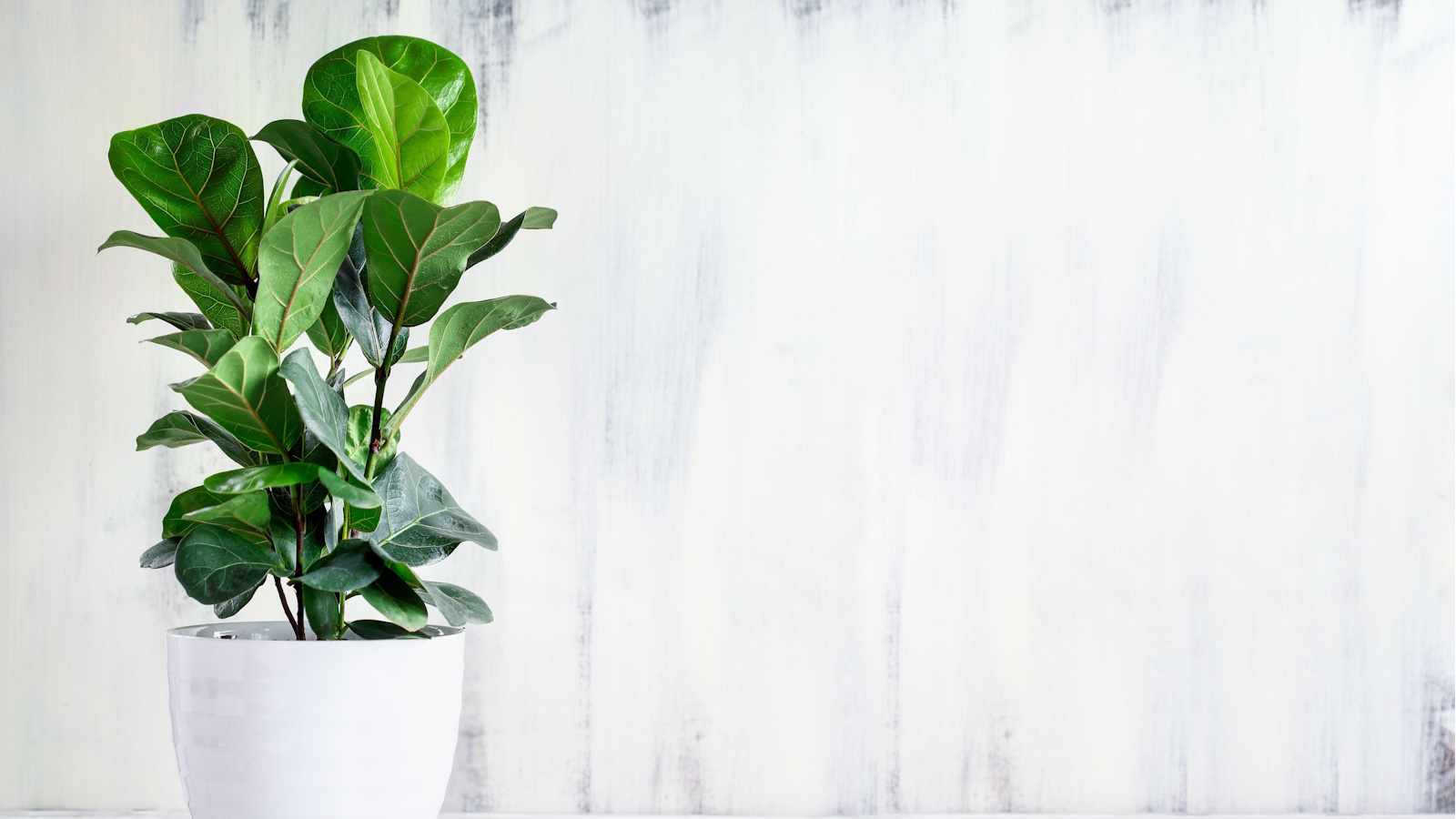
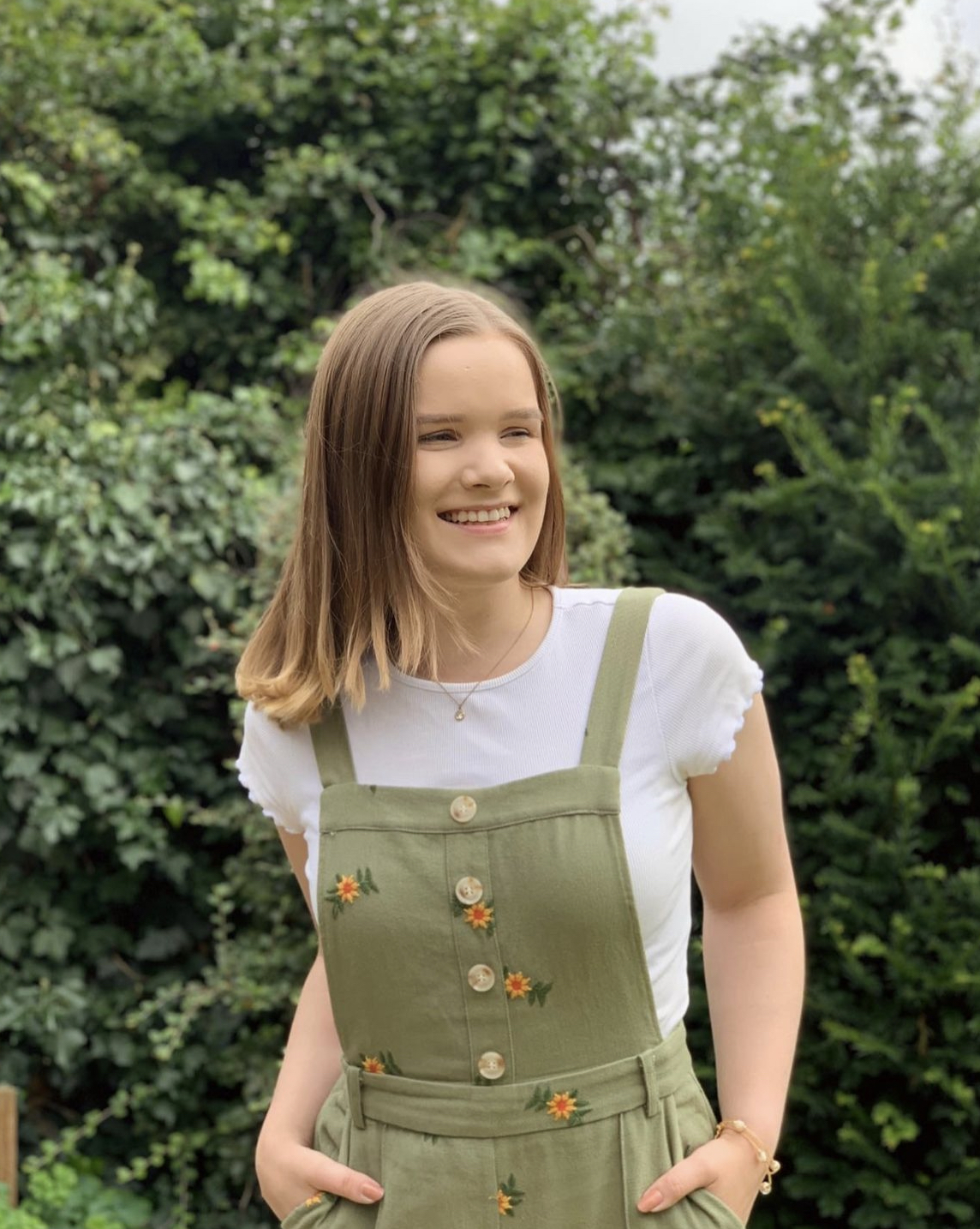
Fiddle leaf figs are some of the most iconic houseplants to grow, thanks to their shapely foliage and tall trunks. However, they can encounter a few problems when not grown in the right potting mix.
When it comes to the best potting soil for indoor plants, there are a few key things to keep in mind for all plants - including good drainage. But growing a fiddle leaf fig requires some other more specific ingredients to keep this plant happy and stop its beautiful foliage decline.
While you can find fiddle leaf fig potting mix commercially available online and in stores, it's much more rewarding to make your own. Here, we take a look at one of the easiest recipes to make your own fiddle leaf fig potting mix.
A simple fiddle leaf fig potting mix recipe
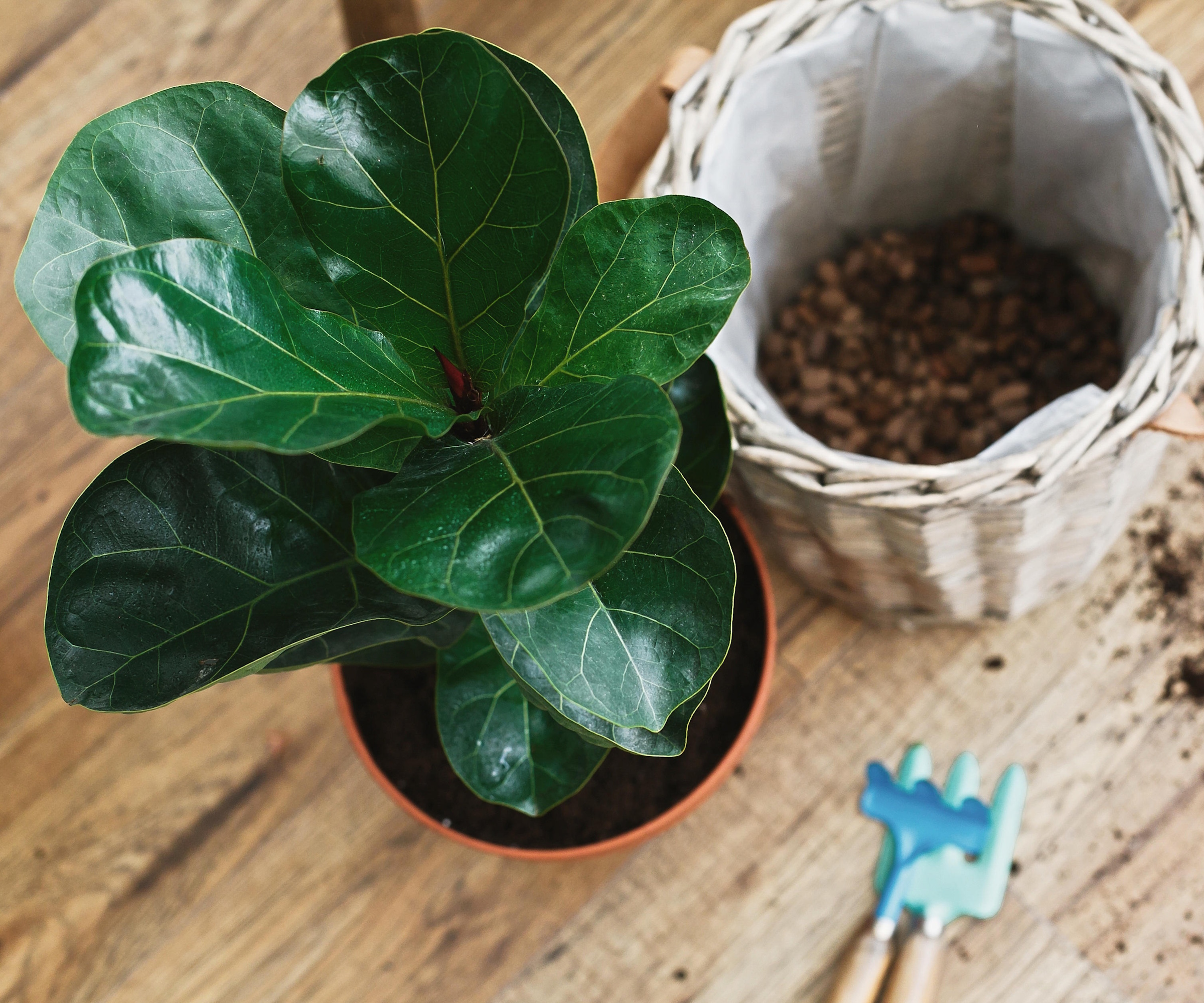
The cause behind many fiddle leaf fig problems lies in the soil. More specifically, the soil being too wet or too dry. That's why it's key to ensure you have the right mix to aid moisture management.
To make your own fiddle leaf fig potting mix, you can follow our easy recipe. You will need:
- Coco coir, from Amazon
- Perlite, from Amazon
- Pine bark, from Amazon
- Sand, from Amazon
- Organic nutrients, such as worm castings, from Amazon
To make your own fiddle leaf fig potting mix, begin with a mixture of coco coir, perlite, pine bark, and sand.
'The recommended proportions are 25% of each ingredient,' says Alex Kantor, plant expert and owner of Perfect Plants Nursery.
All of these ingredients offer different benefits, but work together well to create a porous and well-draining fiddle leaf fig potting mix. This will prevent your plant sitting in oversaturated soil, which can cause a fiddle leaf fig to turn brown from houseplant root rot.
Make sure to mix these ingredients together well, ensuring you are making the right volume for the size of your fiddle leaf fig. If you are repotting your fiddle leaf fig, keep in mind you may need more potting mix than you used before.
'You should then mix in some sources of organic nutrients for fertile, active soil,' says houseplant expert Julie Bawden-Davis, indoor plant expert at Healthy Houseplants, 'such as, guano, humic acid, kelp meal, alfalfa meal, or worm castings.'
With your ingredients mixed well, you can then pot up your fiddle leaf fig using a planter with a drainage holes (like these large one from Amazon).

Alex has worked in the horticultural industry for over 20 years and grew up on the farm since his childhood years. Alex is an expert on landscape trees, shrubs, and indoor plants. He is passionate about growing and helping others learn the trade.
Why these are the best ingredients for fiddle leaf fig potting mix
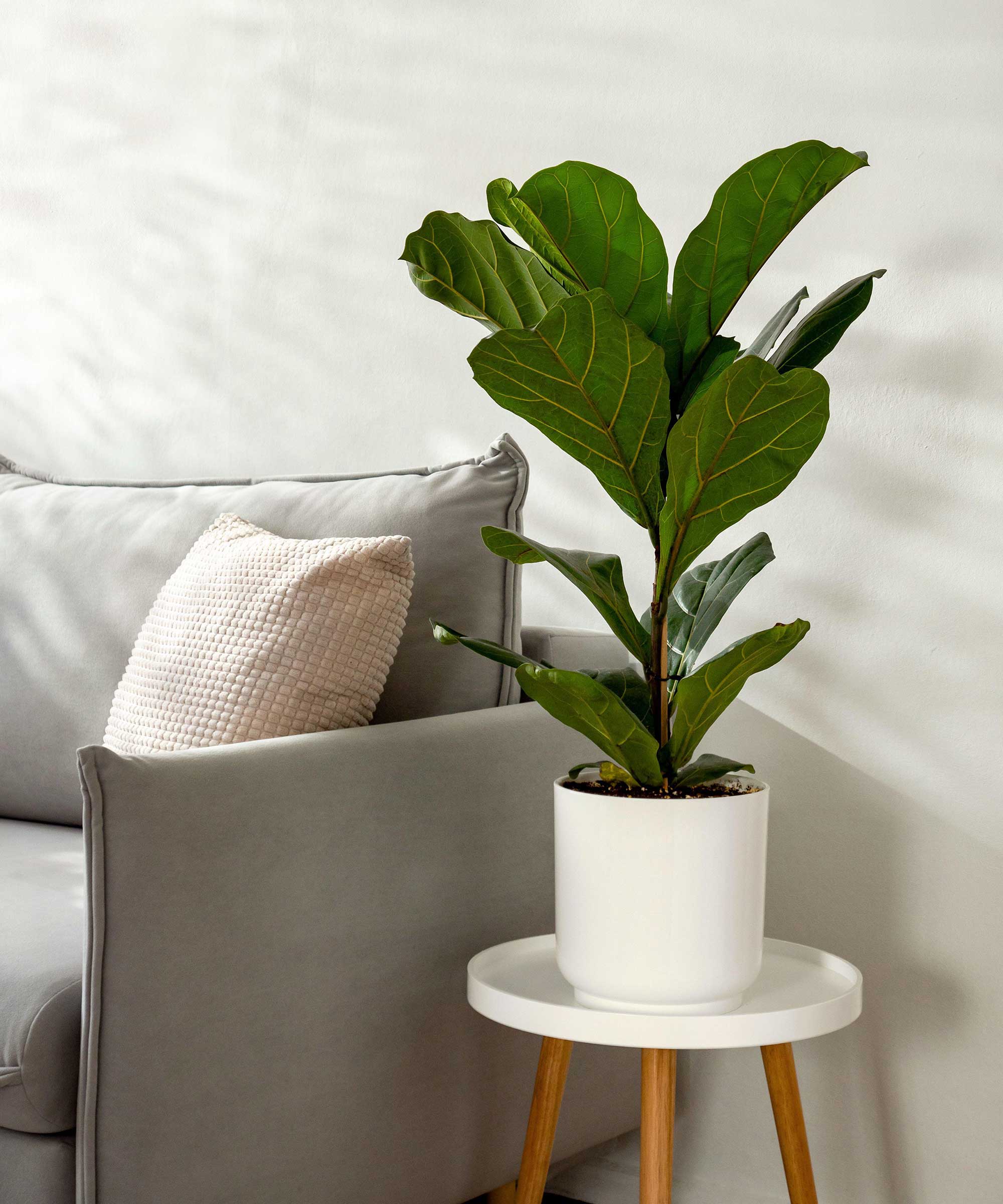
It's true you can add so many different things to a potting mix for plants - including coffee grounds for plants - but the ingredients outlined in our expert recipe are ideal for supporting healthy fiddle leaf fig growth.
As a peat moss alternative, coco coir is a more sustainable option for retaining moisture in your fiddle leaf fig's soil. These plants don't enjoy drying out entirely, which can cause a fiddle leaf fig to drop leaves, so coco coir retains moisture and releases it slowly to your plant's roots.
At the same time, Julie notes 'fiddle leaf fig potting mixes require good drainage' to prevent fungal issues and rot. That's why keeping your potting mix loose and aerated with perlite, pine bark, and sand is beneficial.
Finally, you need to ensure your fiddle leaf fig potting mix is full of essential plant nutrients to support growth, which is why organic sources like worm castings are a great addition to a DIY fiddle leaf fig potting mix.
'Fiddle leaf fig requires the macronutrients - nitrogen, phosphorus and potassium - and various micronutrients, including calcium, magnesium, sulfur, iron and zinc,' Julie explains.
Worm castings in particular contain all of the macronutrients and magnesium, calcium, and sulfur.

Julie Bawden-Davis is a garden author and University of California Certified Master Gardener, who has written several gardening books, including Indoor Gardening The Organic Way. In addition to running HealthyHouseplants.com, she shares indoor gardening advice on her YouTube channel @HealthyHouseplants.
FAQs
Do I need to fertilize my fiddle leaf fig?
Fiddle leaf figs are considered heavy feeders and benefit from regular fertilizing during their active growth season. Consider adding a specific fiddle leaf fig fertilizer (from Amazon) to your plant's potting mix during spring and summer.
'It can also be a good idea to use an organic fertilizer for fiddle leaf fig, as chemical fertilizers can burn roots and cause brown leaf edges,' advises houseplant expert Julie Bawden-Davis, indoor plant expert at Healthy Houseplants.
Organic fertilizers include worm castings and bone meal (from Amazon).
To keep your fiddle leaf fig happy, it isn't just about using the right potting mix. Make sure to also keep on top of fiddle leaf fig pruning to encourage bushier growth and consider where to place your fiddle leaf fig for positive Feng Shui and optimal light levels.
Sign up to the Homes & Gardens newsletter
Design expertise in your inbox – from inspiring decorating ideas and beautiful celebrity homes to practical gardening advice and shopping round-ups.

Tenielle is a Gardens News Writer at Homes & Gardens. She holds a qualification in MA Magazine Journalism and has over six years of journalistic experience. Before coming to Homes & Gardens, Tenielle was in the editorial department at the Royal Horticultural Society and worked on The Garden magazine. As our in-house houseplant expert, Tenielle writes on a range of solutions to houseplant problems, as well as other 'how to' guides, inspiring garden projects, and the latest gardening news. When she isn't writing, Tenielle can be found propagating her ever-growing collection of indoor plants, helping others overcome common houseplant pests and diseases, volunteering at a local gardening club, and attending gardening workshops, like a composting masterclass.
You must confirm your public display name before commenting
Please logout and then login again, you will then be prompted to enter your display name.
-
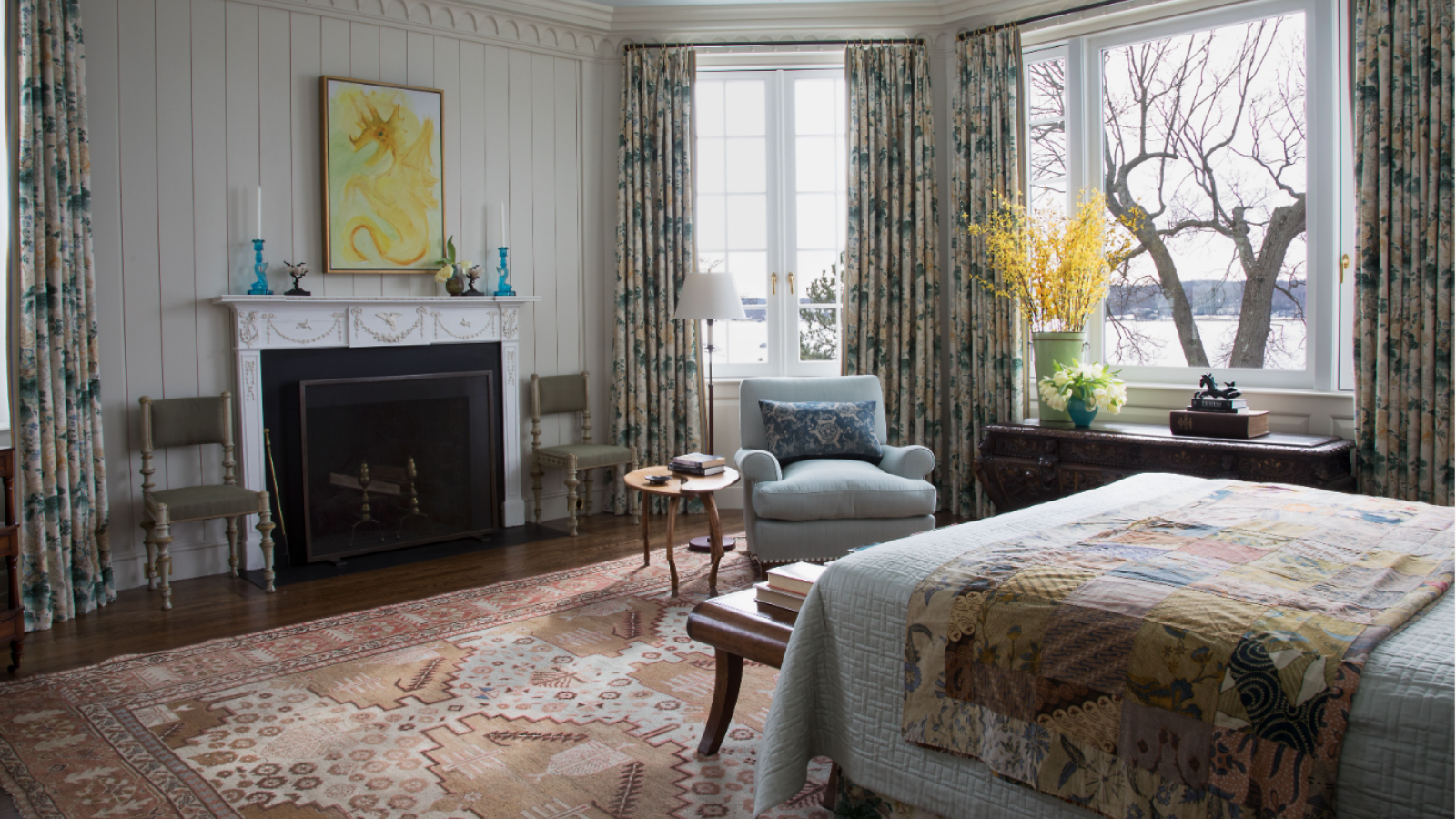 What is an estate sale? Everything you need to know about how they work and what to expect, whether you are holding one yourself or shopping second-hand gems
What is an estate sale? Everything you need to know about how they work and what to expect, whether you are holding one yourself or shopping second-hand gemsIt pays to know exactly what you are getting into when shopping at estate sales
By Ciéra Cree
-
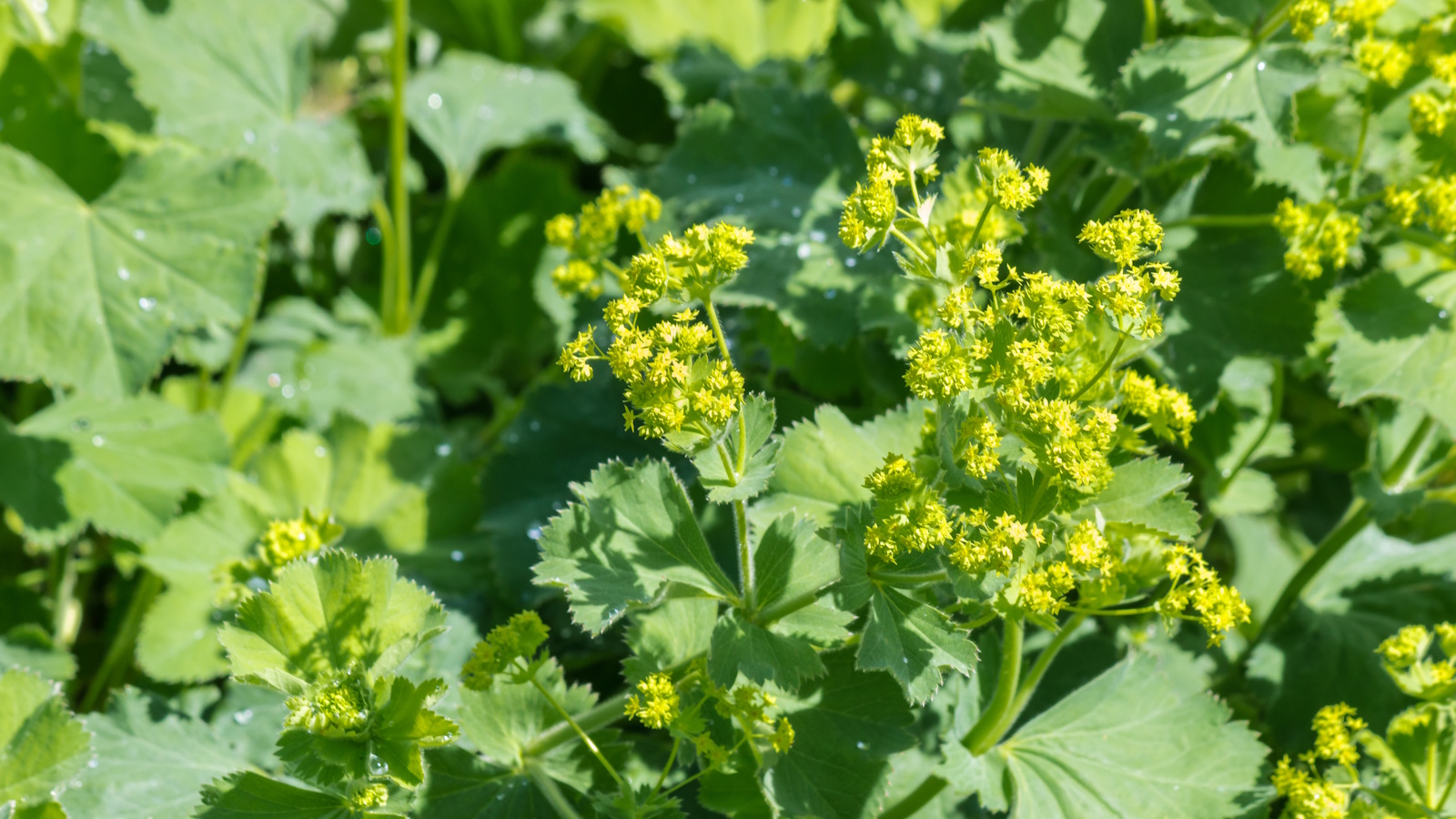 How to grow lady's mantle – for a shade-tolerant ground cover plant that will thrive in challenging borders
How to grow lady's mantle – for a shade-tolerant ground cover plant that will thrive in challenging bordersWith lush green foliage and luminous lime flowers, lady's mantle can add color and impact
By Thomas Rutter
-
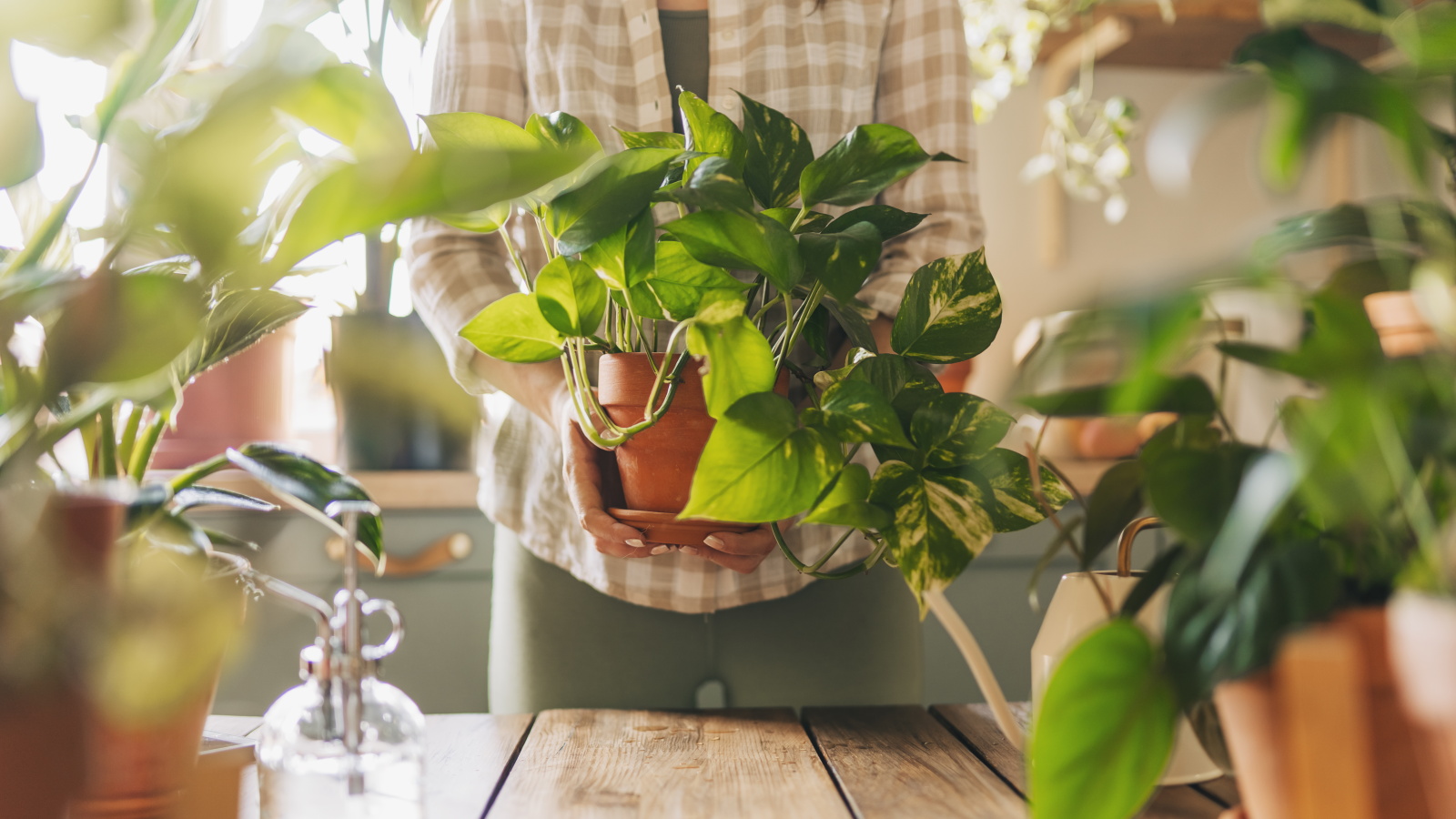 7 habits every good plant parent has, according to houseplant experts – number 3 will surprise you most
7 habits every good plant parent has, according to houseplant experts – number 3 will surprise you mostWatch your houseplants thrive after you build these tasks into your routine
By Tenielle Jordison
-
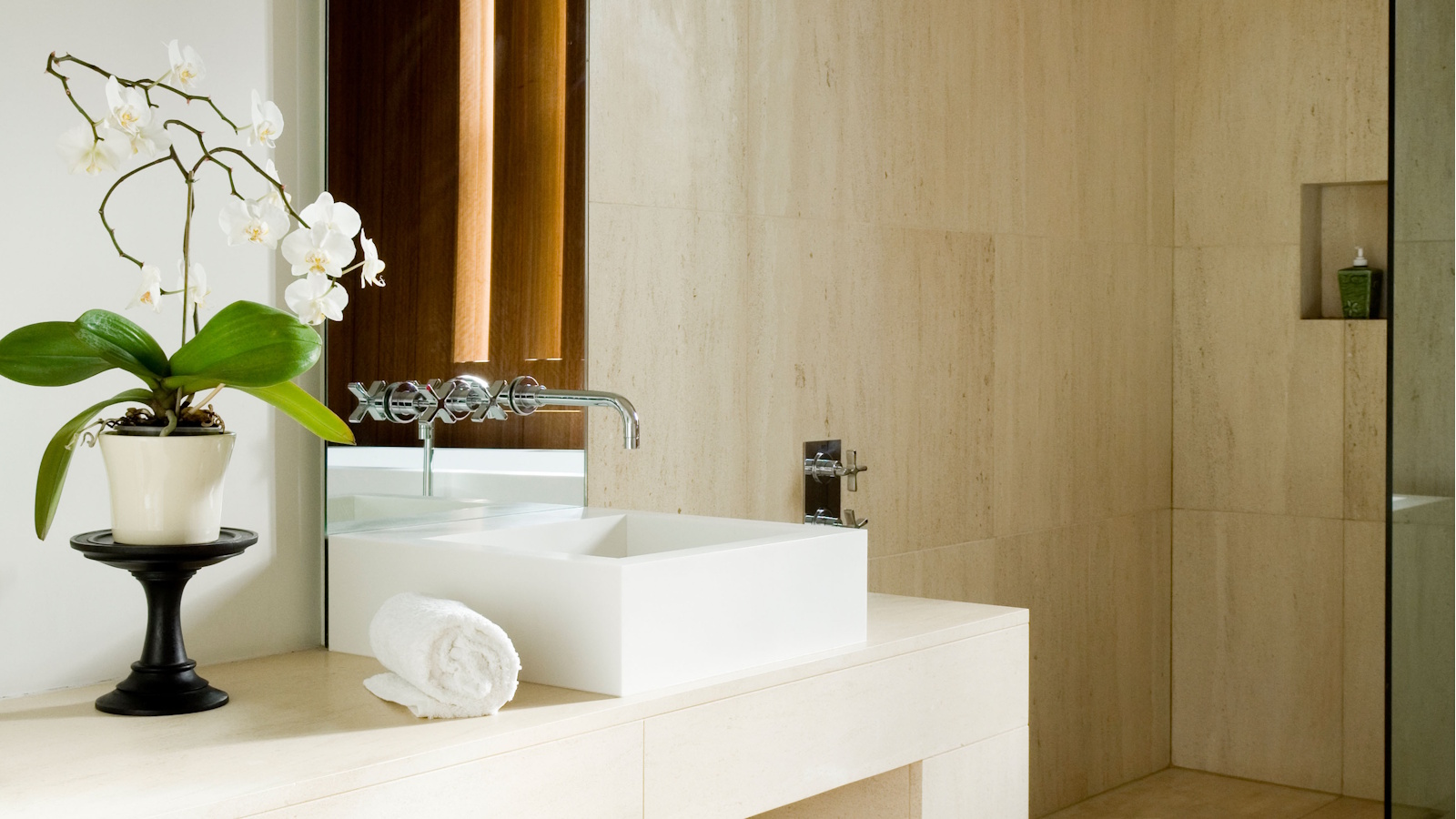 My orchid's leaves haven't wrinkled since moving it to this exact spot in my home – it's the easiest hack to keep these flowering houseplants hydrated
My orchid's leaves haven't wrinkled since moving it to this exact spot in my home – it's the easiest hack to keep these flowering houseplants hydratedDehydrated orchids can perk up again in the environment of a bathroom
By Tenielle Jordison
-
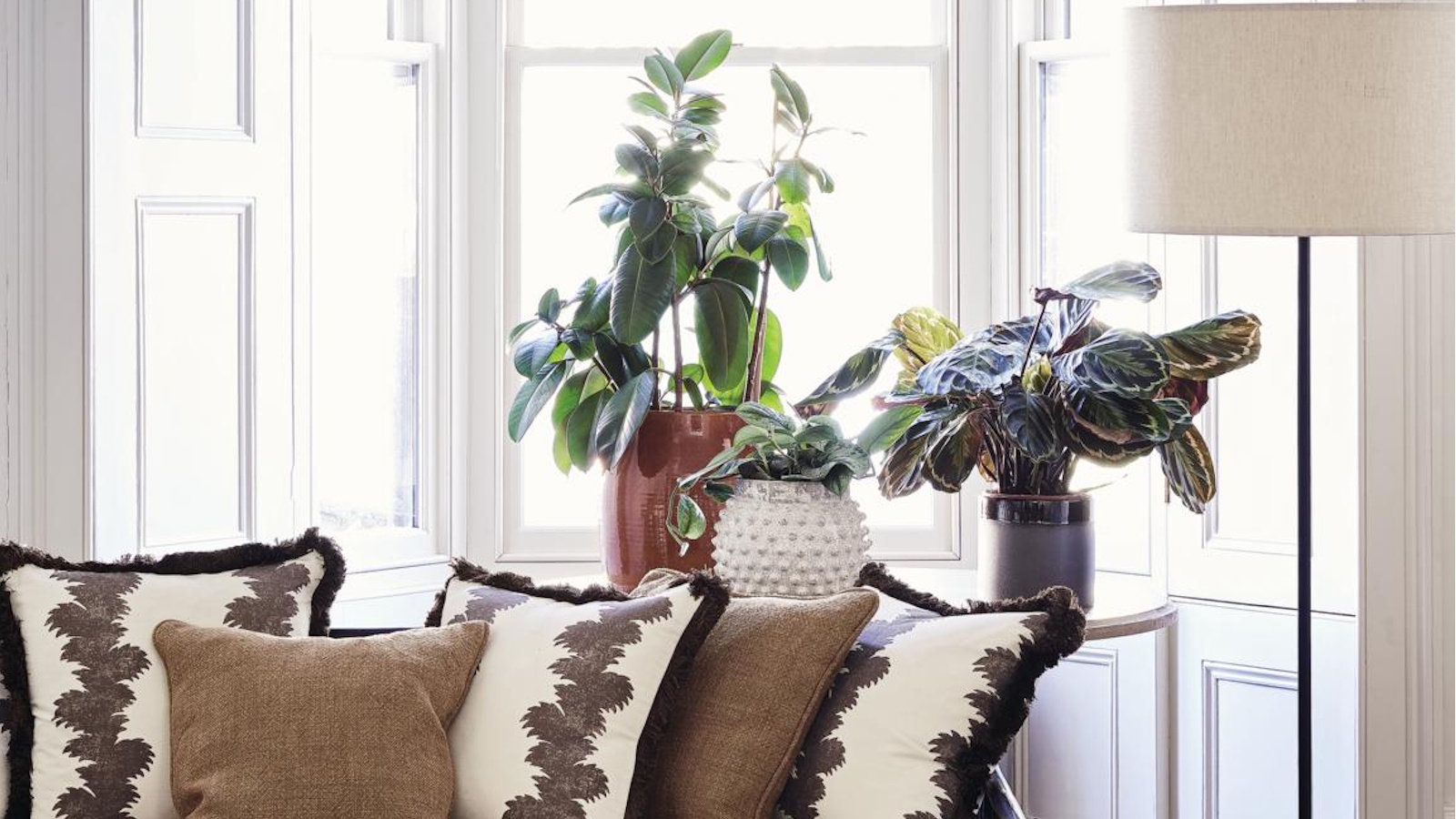 I regret buying this hard-to-please houseplant – here's why you should avoid it, too, and 3 alternatives to invest in instead
I regret buying this hard-to-please houseplant – here's why you should avoid it, too, and 3 alternatives to invest in insteadNo matter how much I adjust its growing environment, I cannot get pin-stripe calathea to thrive in my home
By Tenielle Jordison
-
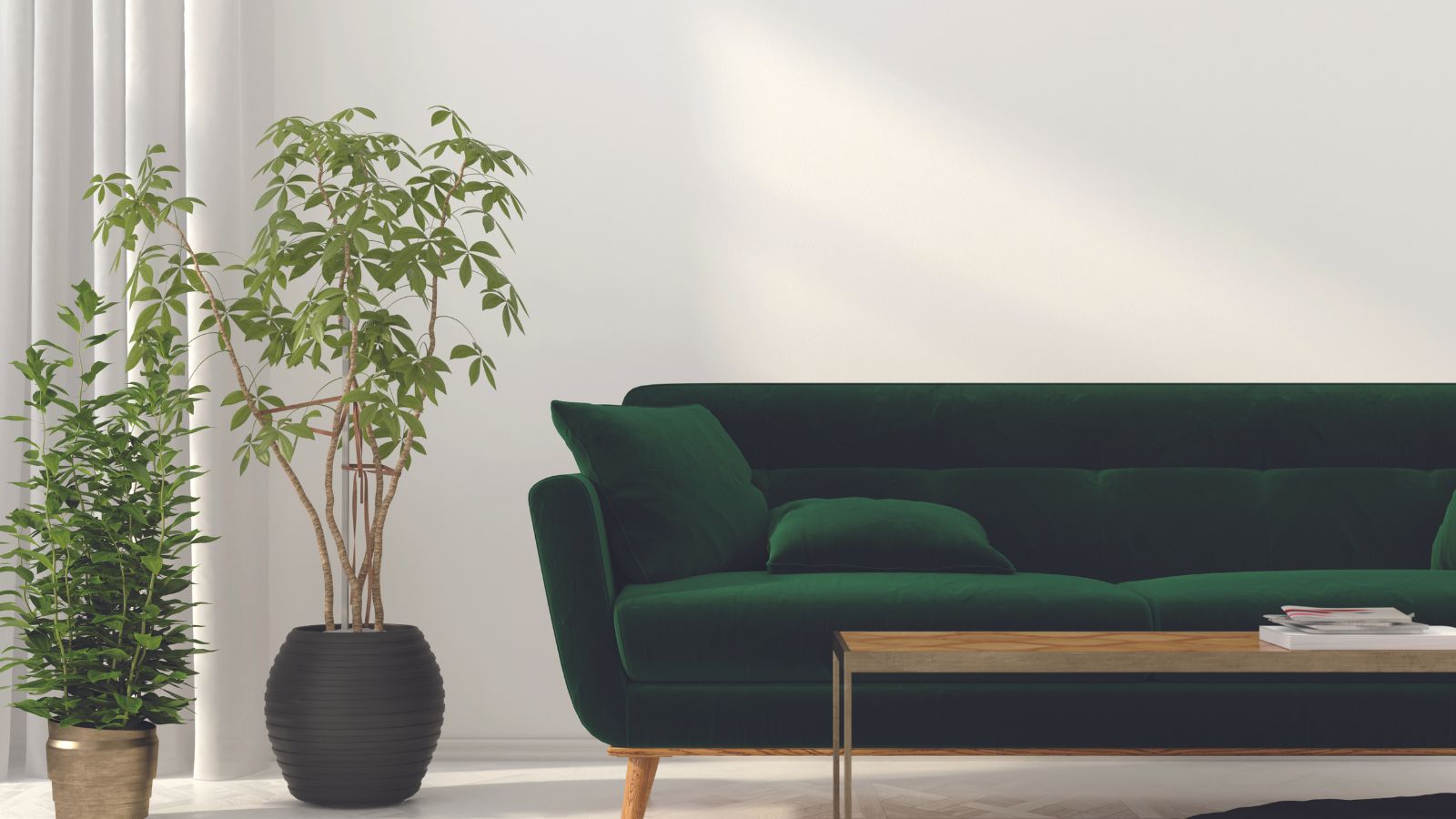 I'm doing these 5 things to transition my indoor plants out of winter – experts say this essential spring houseplant care will ensure a thriving indoor jungle
I'm doing these 5 things to transition my indoor plants out of winter – experts say this essential spring houseplant care will ensure a thriving indoor jungleHelp your plants recover from any winter damage and support them out of dormancy with these easy and quick tasks
By Tenielle Jordison
-
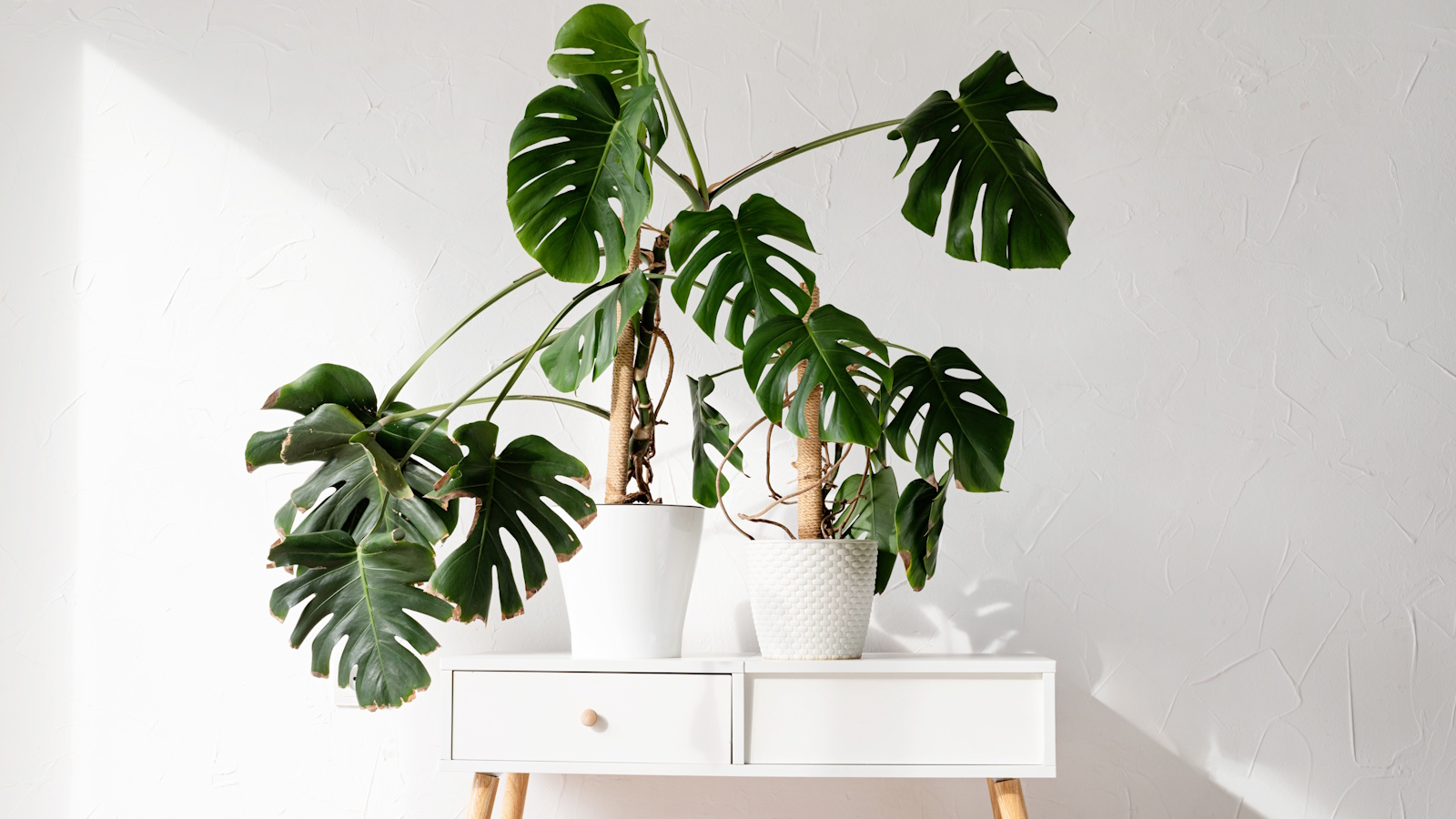 My monstera was becoming unmanageable until I followed these 5 steps to train it – now it wows my guests with its impressive, neat structure
My monstera was becoming unmanageable until I followed these 5 steps to train it – now it wows my guests with its impressive, neat structureReining your monstera in with a support pole will keep things tidy and benefit its long-term health
By Tenielle Jordison
-
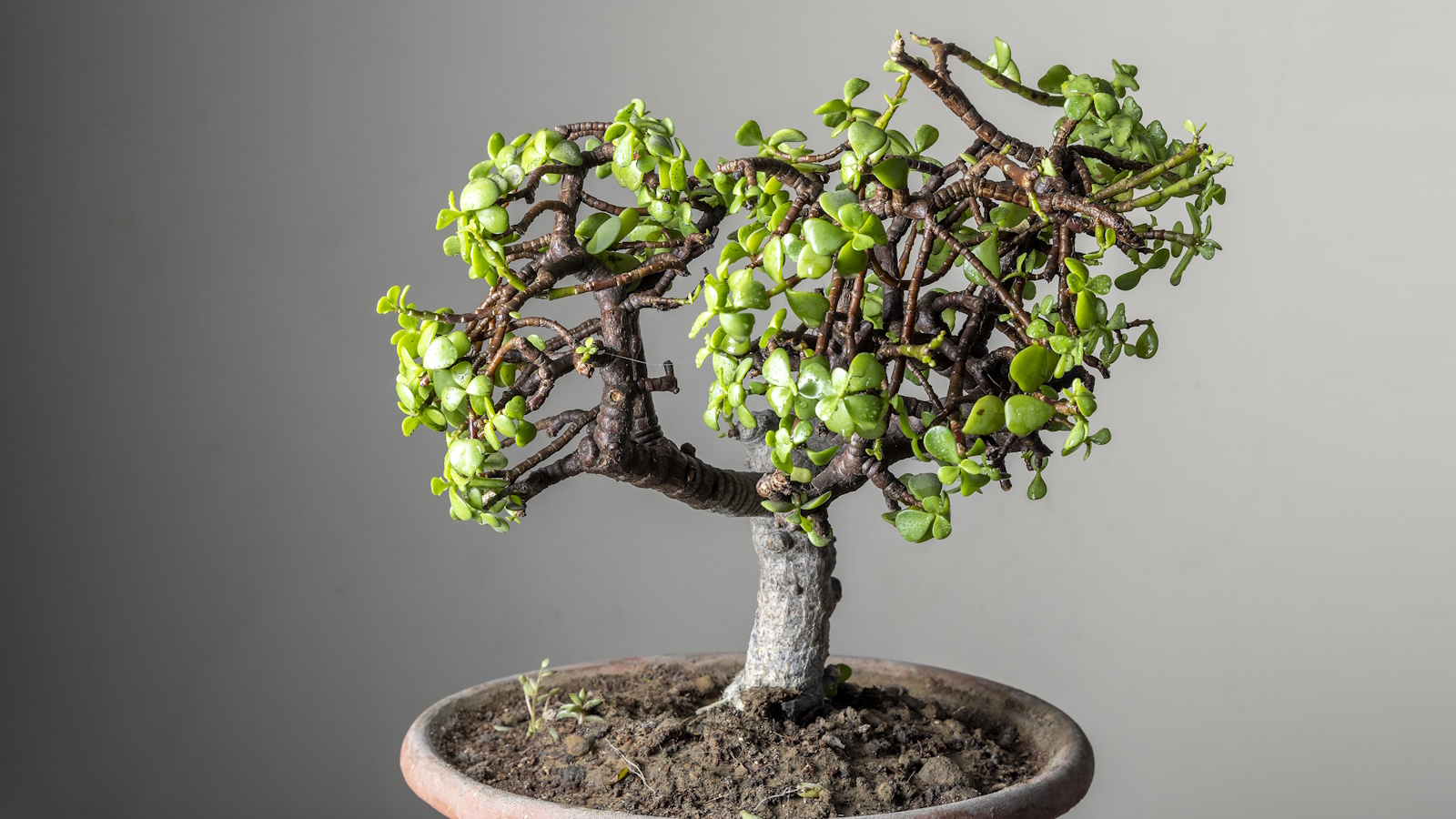 5 bonsai mistakes plant experts say are killing your mini arboretum – and how to never make them again
5 bonsai mistakes plant experts say are killing your mini arboretum – and how to never make them againThe art of bonsai takes some time to master, so don't feel disheartened if you end up making one of these common errors
By Tenielle Jordison
-
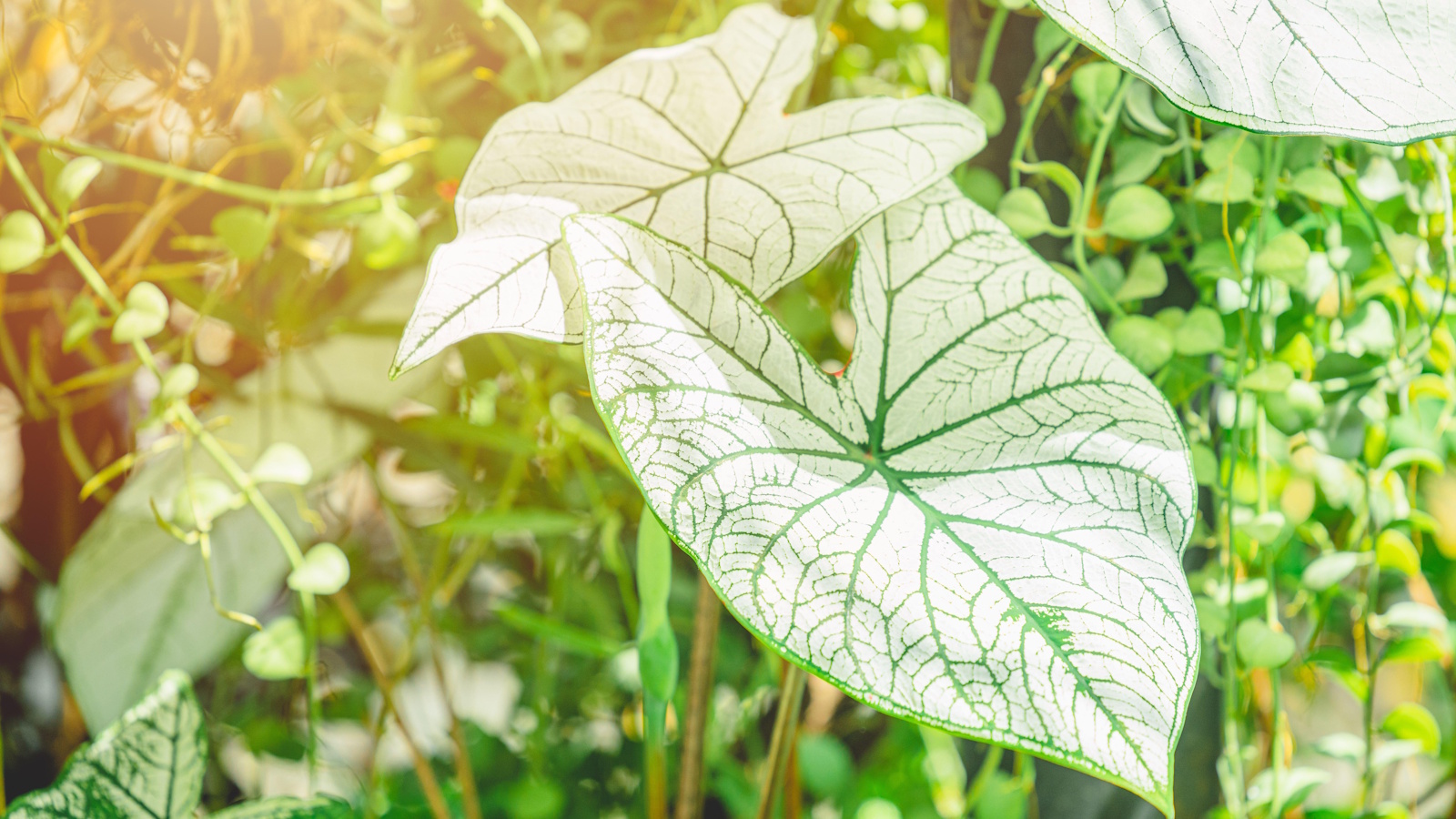 Can you grow alocasia outdoors? Plant experts reveal how to add this statement houseplant to your yard
Can you grow alocasia outdoors? Plant experts reveal how to add this statement houseplant to your yardIn the right climate, alocasia plants can add jungle foliage to your garden landscape
By Tenielle Jordison
-
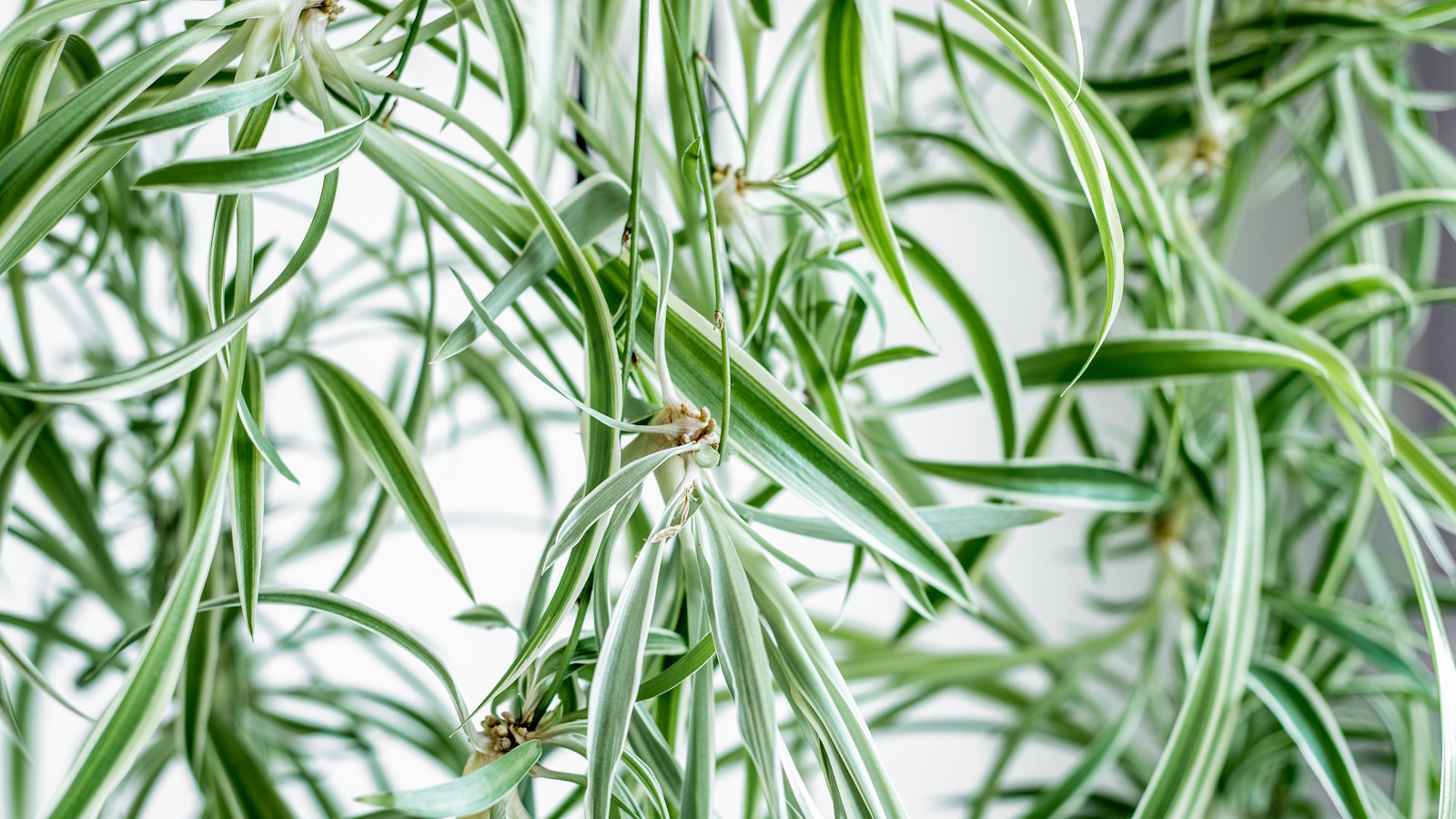 I grew my spider plant into a trailing, botanical feature in my home and I'm never styling it differently again – 3 expert tips for turning spiderettes into a green spectacle
I grew my spider plant into a trailing, botanical feature in my home and I'm never styling it differently again – 3 expert tips for turning spiderettes into a green spectacleCascading spiderettes have brought an elegant touch to my houseplant display
By Tenielle Jordison